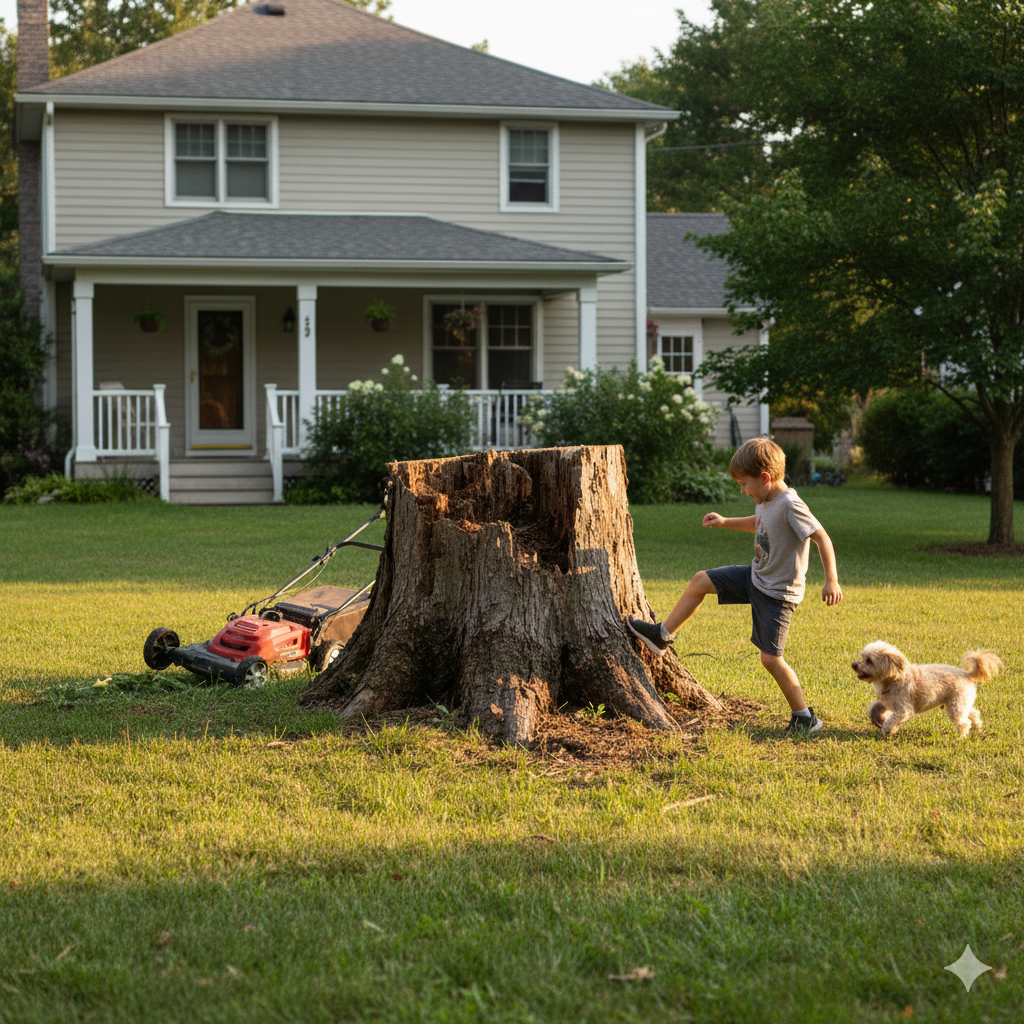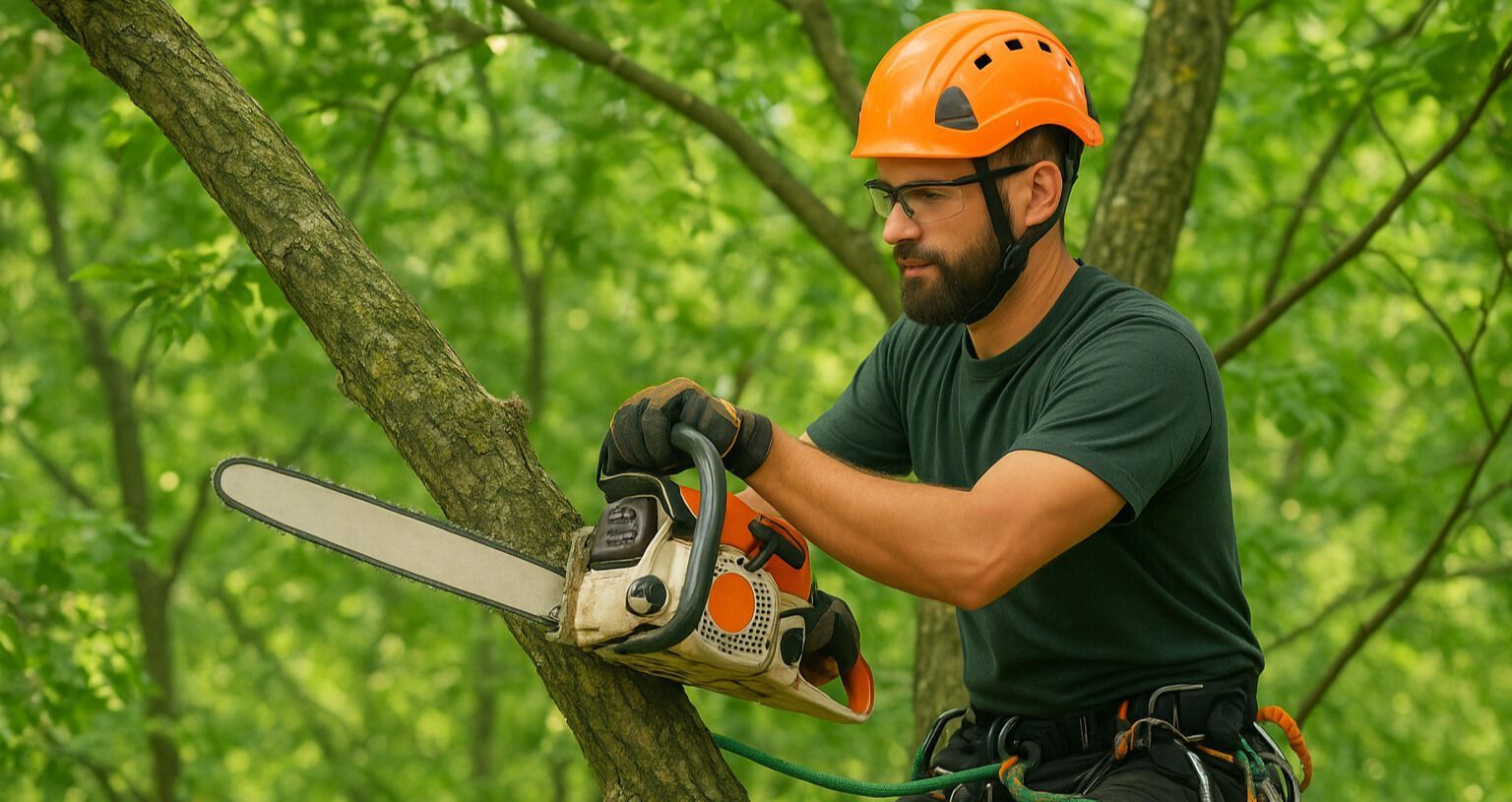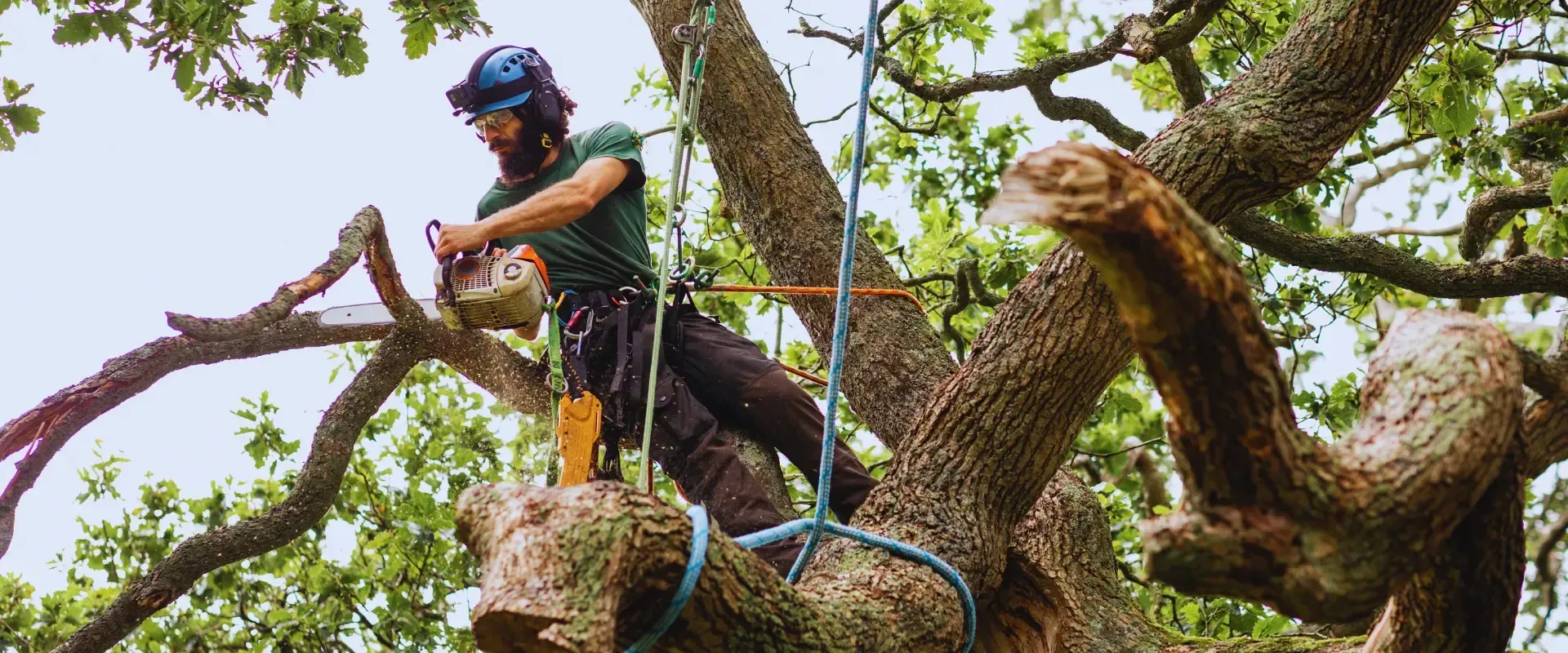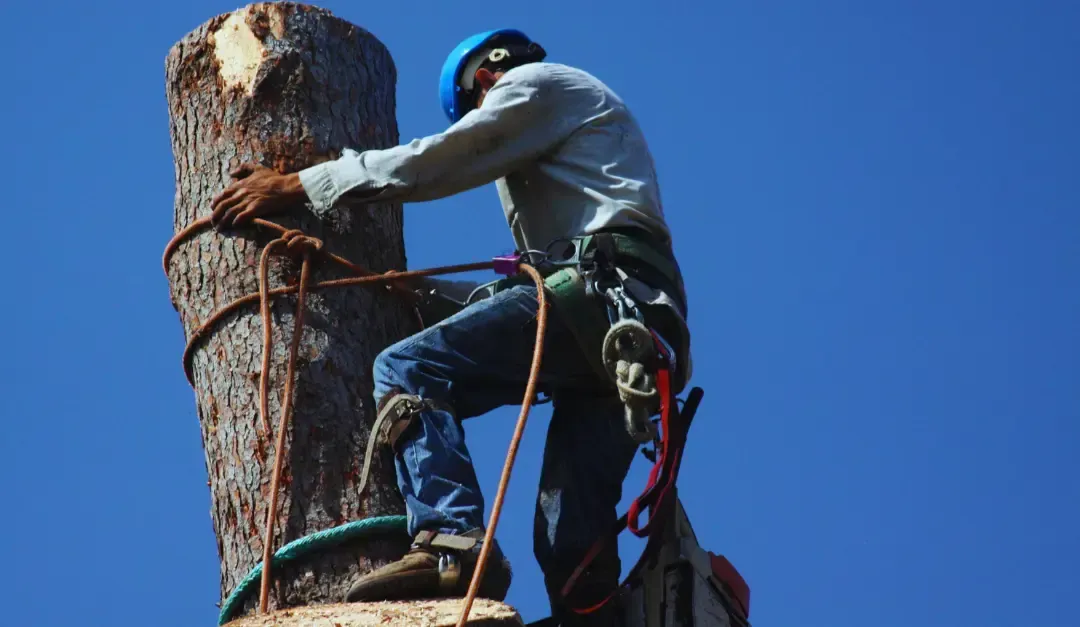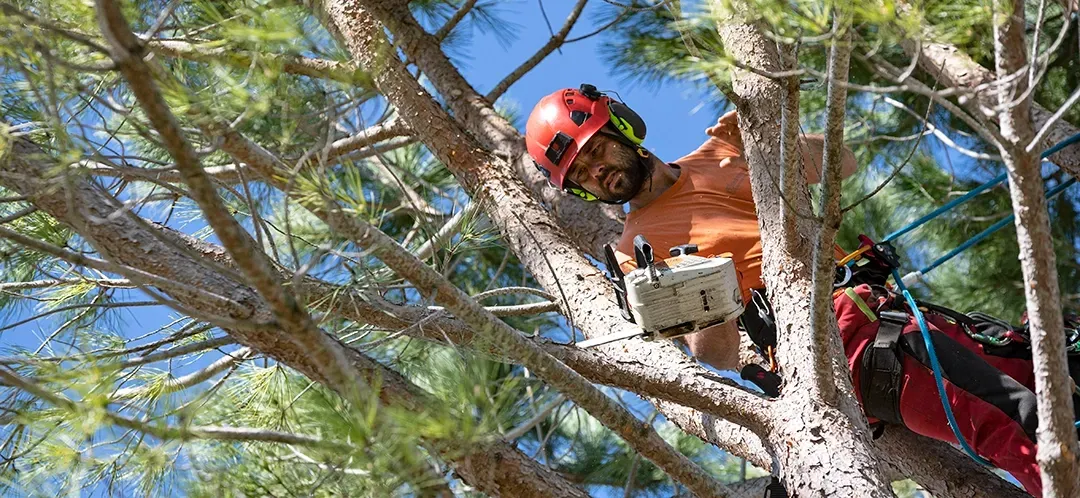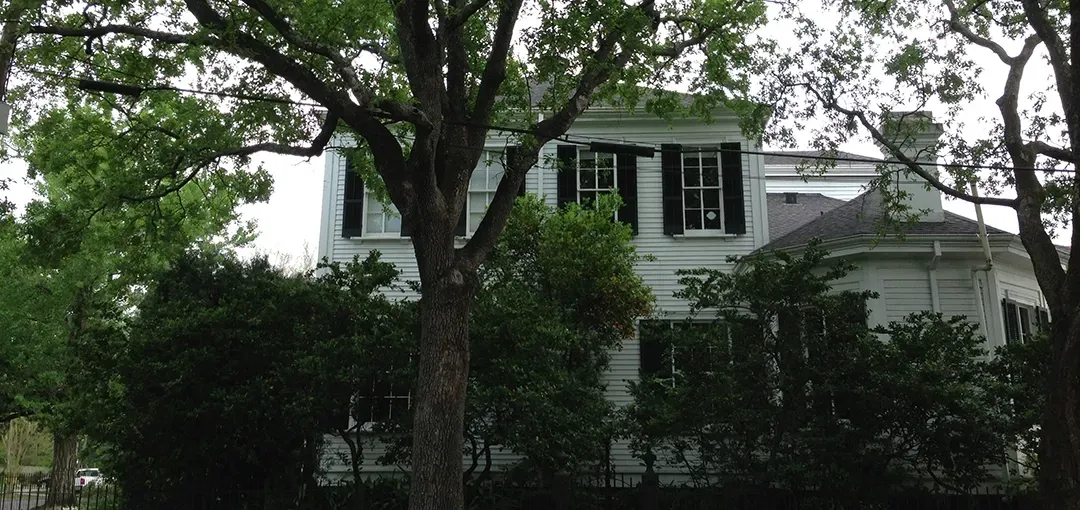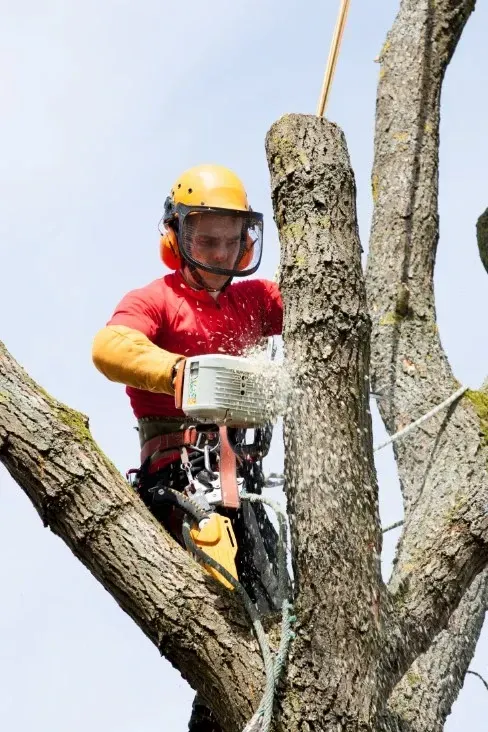Is It Necessary to Get a Permit for Tree Removal?
As a tree service professional in Southern California, I often get asked about the necessity of permits for tree removal. It's a great question, and the answer isn't always straightforward. In this article, I'll guide you through the ins and outs of tree removal permits in our region, helping you understand when you need one and how to go about get it.
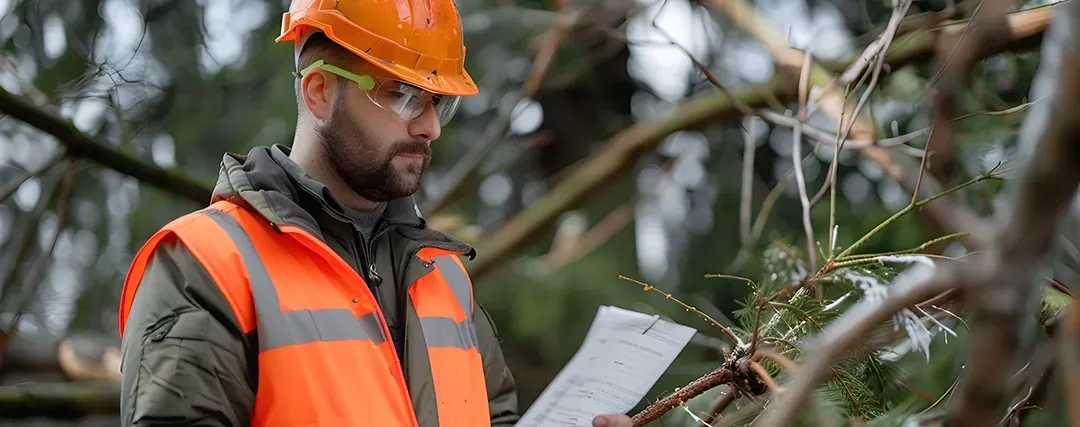
Understanding Tree Removal Regulations in Southern California
Southern California is known for its diverse urban forest, which plays a crucial role in our ecosystem. That's why many cities and counties have regulations in place to protect trees and manage their removal.
Why Tree Removal Permits Matter
Tree removal permits serve several important purposes:
- Preserving the urban canopy
- Protecting endangered species
- Maintaining property values
- Ensuring public safety
Common Scenarios Requiring Permits
In my experience, these situations often require a permit:
- Removing large, mature trees
- Taking out trees in protected areas
- Clearing multiple trees for construction
How to Determine if You Need a Permit
Figuring out whether you need a permit can be tricky, as requirements vary by location. Here's what you need to consider:
Factors Affecting Permit Requirements
Tree Species
Some tree species are protected due to their ecological importance or rarity. For example, oak trees are often subject to special regulations in Southern California.
Tree Size
Many jurisdictions set size thresholds for permit requirements. For instance, a city might require a permit for removing any tree with a trunk diameter of 4 inches or more at breast height.
Tree Location
The location of the tree on your property can affect permit requirements. Trees in front yards or near public rights-of-way are more likely to need permits for removal.
Exemptions from Permit Requirements
There are cases where you might not need a permit:
- Dead or diseased trees posing immediate safety risks
- Fruit trees below a certain size
- Non-native invasive species
Always check with your local authorities to confirm exemptions.
The Tree Removal Permit Application Process
If you determine that you need a permit, here's what you can expect:
Step-by-Step Guide to Obtaining a Permit
- Contact your local urban forestry department or planning office
- Fill out the application form
- Schedule an on-site inspection
- Submit required documentation
- Pay the permit fee
- Wait for approval
- Proceed with tree removal once approved
Required Documentation
Typically, you'll need to provide:
- Proof of property ownership
- Site plan showing tree location
- Arborist report (in some cases)
- Photos of the tree
- Reason for removal
Typical Costs and Timeframes
Permit costs vary widely, ranging from $50 to several hundred dollars. Processing times can be anywhere from a few days to several weeks, depending on the complexity of the request and the jurisdiction's workload.
When to Apply for a Tree Removal Permit
Timing can be important when it comes to tree removal.
Seasonal Considerations
I often recommend applying for permits in late fall or winter. This is because:
- It's easier to assess tree health when leaves are off
- There's less risk of disturbing nesting wildlife
- The permit process is often quicker due to lower demand
Emergency Situations
In cases of immediate danger, such as a storm-damaged tree threatening to fall, many jurisdictions allow for expedited permits or after-the-fact approvals. Always prioritize safety, but document everything thoroughly.
Consequences of Removing Trees Without a Permit
As someone who's seen the fallout from unpermitted removals, I can't stress enough how important it is to follow the rules.
Legal Implications
Removing trees without a required permit can result in:
- Hefty fines (often thousands of dollars per tree)
- Legal action from local authorities
- Requirement to replant multiple trees as replacement
Environmental Impact
Unauthorized tree removal can have serious environmental consequences:
- Loss of habitat for local wildlife
- Increased erosion and soil instability
- Reduced air quality and increased urban heat island effect
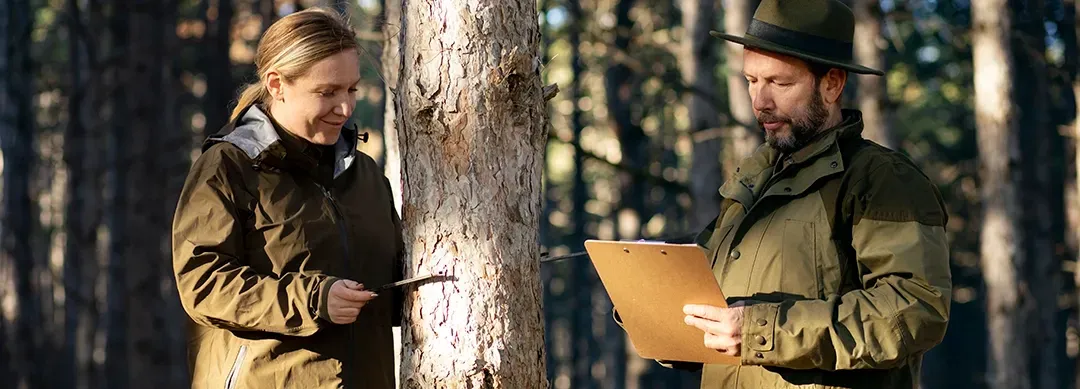
Alternatives to Tree Removal
Before deciding to remove a tree, consider these alternatives:
Pruning and Maintenance
Regular pruning can often address issues like:
- Overgrown branches near structures
- Diseased or damaged limbs
- Improved tree shape and health
Root Barriers
For trees with invasive roots, installing a root barrier can protect foundations and hardscaping without necessitating removal.
Relocation Options
In some cases, it's possible to transplant a tree to a new location on your property or donate it to a local park or green space.
Choosing a Professional Tree Service
If you decide to proceed with tree removal, choosing the right professional is key.
Qualifications to Look For
When selecting a tree service, ensure they have:
- Proper licensing and insurance
- Certified arborists on staff
- Experience with local regulations
- Positive customer reviews
Questions to Ask Before Hiring
Here are some questions I recommend asking potential tree services:
- "Can you help with the permit application process?"
- "What safety measures do you employ?"
- "How will you protect my property during removal?"
- "Do you offer stump removal services?"
- "Can you provide references from similar jobs?"
Conclusion
Navigating tree removal permits in Southern California doesn't have to be overwhelming. By understanding the regulations, considering alternatives, and working with qualified professionals, you can make informed decisions about the trees on your property. Remember, these rules are in place to protect our urban forest and maintain the beauty and environmental health of our communities.
FAQs About Tree Removal Permits in Southern California
- Q: How long does it typically take to get a tree removal permit? A: Processing times vary, but you can usually expect it to take 1-4 weeks.
- Q: Do I need a permit to remove a dead tree? A: Often, dead trees are exempt from permit requirements, but it's best to check with your local authorities.
- Q: Can I remove a tree that's damaging my foundation without a permit? A: Even if a tree is causing damage, you may still need a permit. Document the damage and consult with your local urban forestry department.
- Q: Are there any trees I can remove without a permit in Southern California? A: Some smaller ornamental trees and non-native species may be exempt, but regulations vary by location.
- Q: What happens if I remove a tree without a permit by mistake? A: If you accidentally remove a protected tree, contact your local authorities immediately. Being proactive can sometimes mitigate penalties.
Key Takeaways:
- Tree removal permits to protect our urban forest and environment
- Permit requirements vary based on tree species, size, and location
- Always check local regulations before removing a tree
- Consider alternatives like pruning or relocation before removal
- Working with a qualified tree service can simplify the permit process
"The best time to plant a tree was 20 years ago. The second best time is now." - Chinese Proverb
This quote reminds us of the long-term value of trees and the importance of thoughtful tree management in our urban environments.
